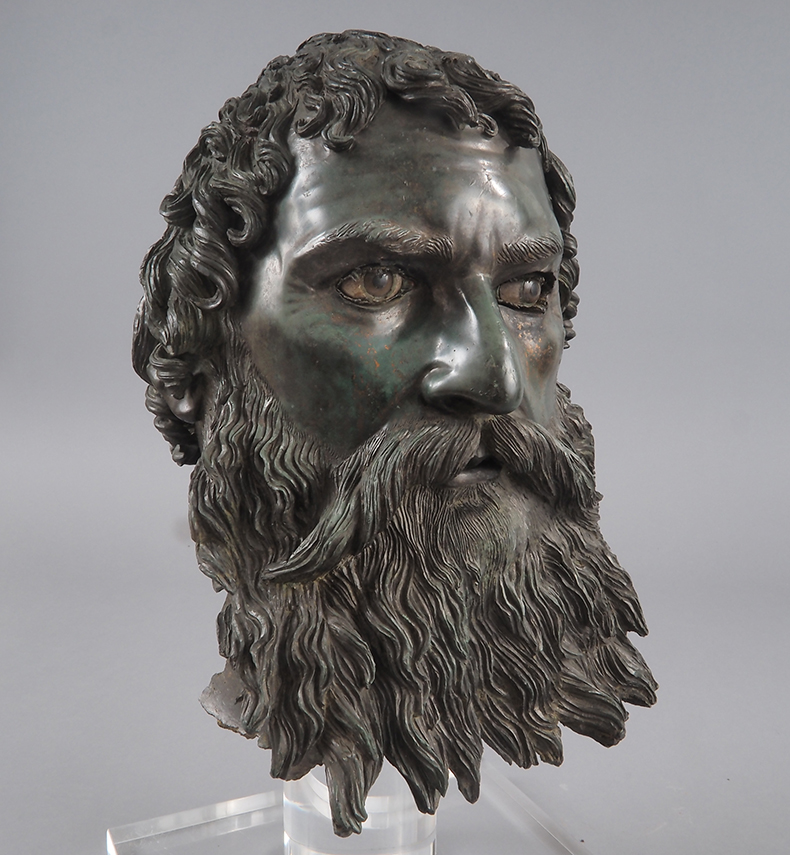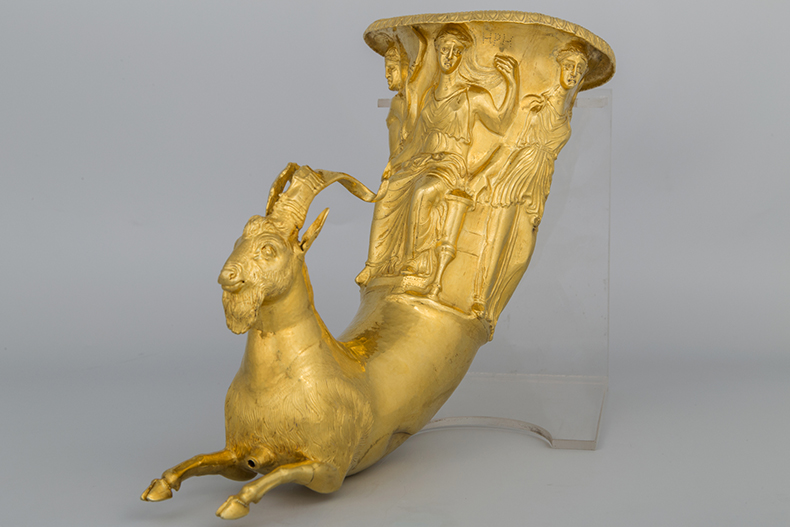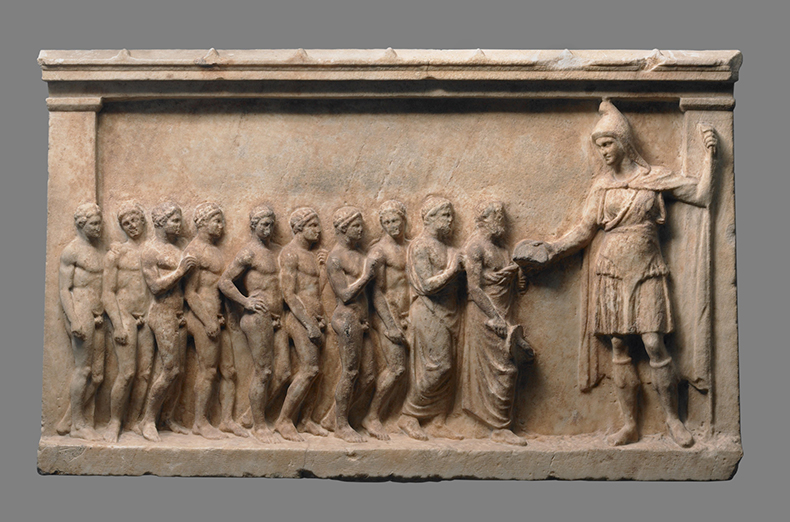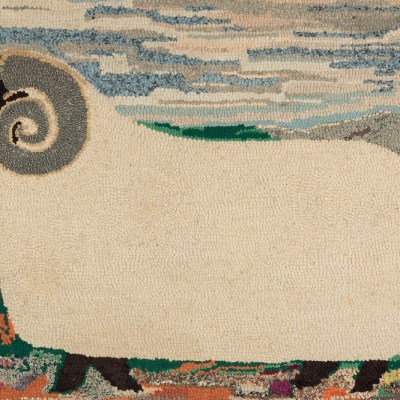History has not always been kind to the Thracians, who occupied parts of modern-day Greece, Bulgaria and Romania. Greek and Roman historians frequently characterised them as a disunited and primitive people, and, throughout its history, Thrace was tossed from civilisation to civilisation – used by the Greeks, Milesians and Chalcedonians to found their cities; ruled by Persia in the 6th century BC and the Macedonians in the 4th; conquered by the Roman Empire in the 1st century AD; and then, from the 3rd to the 7th centuries, repeatedly bombarded by Goths, Visigoths and other foreign invaders. From this troubled land mass, however, emerged a rich seam of art and craft that combined Greek, Roman, Persian and other influences. Thracian visual culture is being celebrated at the Getty Villa in Los Angeles, in an exhibition that includes intricate metalwork, pottery, stone reliefs and other decorative objects, many of which have been uncovered from burial mounds dating to the 5th–3rd centuries BC (4 November–3 March 2025). Find out more from the Getty’s website.
Preview below | View Apollo’s Art Diary
Portrait of King Seuthes III (310–300 BC), found in the Golyama Komatka burial mound, near Shipka, Bulgaria. National Archaeological Institute with Museum at the Bulgarian Academy of Sciences, Sofia. Photo: Todor Dimitrov

Drinking Horn with a Goat (325–275 BC), found in Panagyurishte, Bulgaria. Regional Archaeological Museum, Plovdiv. Photo: Todor Dimitrov

Relief Dedicated to Bendis (350–325 BC), made in Athens, Greece. Photo: © The Trustees of the British Museum

Wine Cup with Lion-Griffins (400–300 BC), found in Rogozen, Bulgaria. National Archaeological Institute with Museum at the Bulgarian Academy of Sciences, Sofia. Photo: Todor Dimitrov




